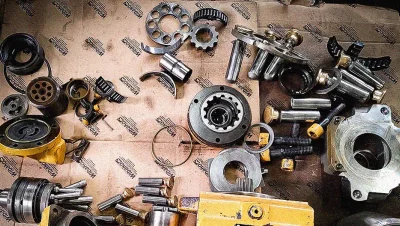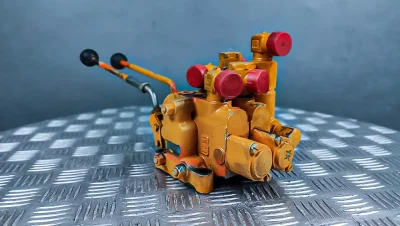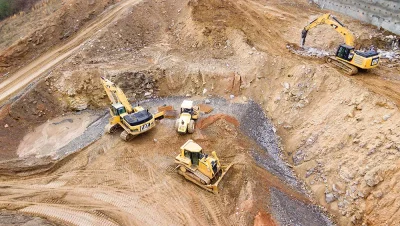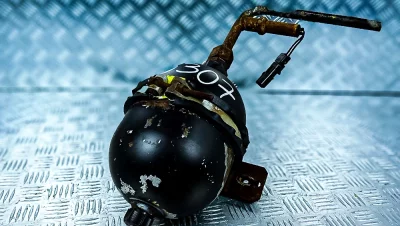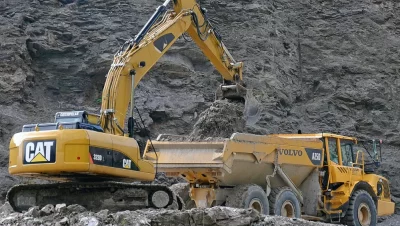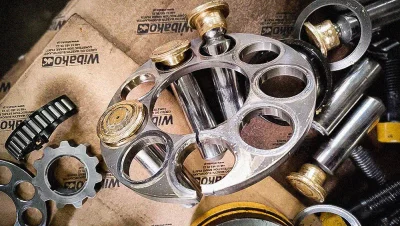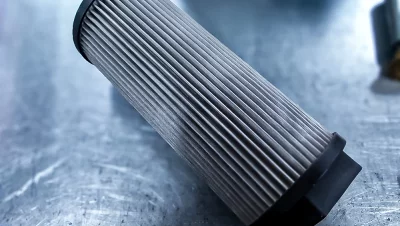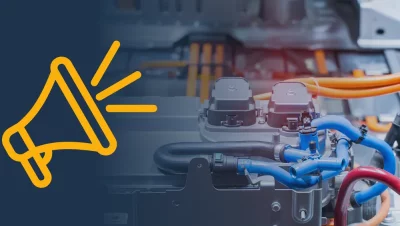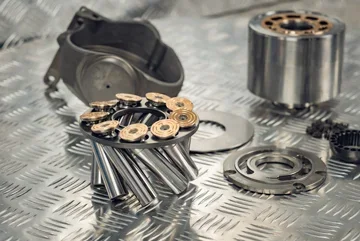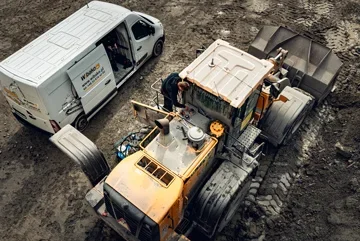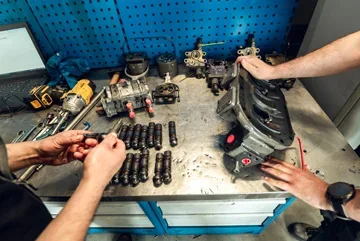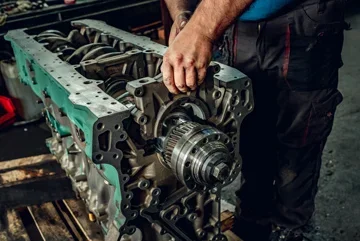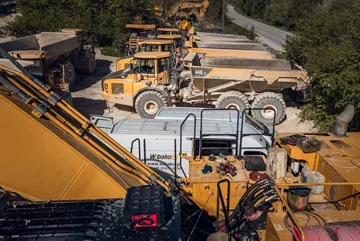Basics of Maintenance
Hydraulic actuators are an integral part of almost every construction machine and their condition affects the effectiveness and efficiency of the entire equipment. Therefore, it is necessary to regularly check their condition and, if possible, immediately remove any signs of failure, we suggest what to pay special attention to.
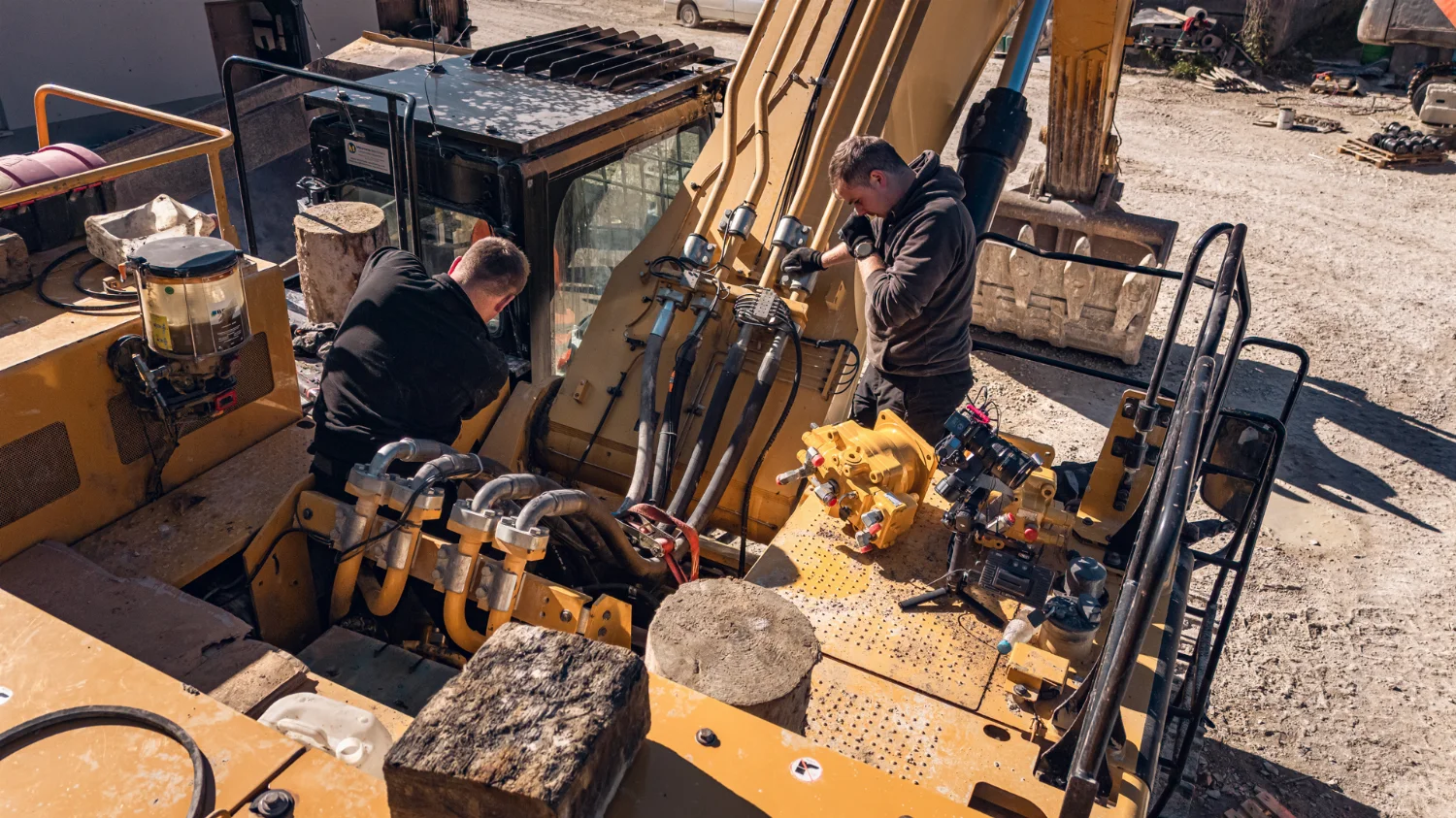
Leakage Control
The most common failure that affects hydraulic actuators are all kinds of hydraulic fluid leaks, when the operator notices liquid on the element, it is a sign that the seals have been damaged and need to be replaced as soon as possible.
An important issue is the replacement of all seals, as they usually fail at short intervals. Therefore, it makes no sense to replace, for example, only the piston seal, since soon the same will have to be done with the throttle seal.
If we have a machine in which actuators work in pairs, it is necessary to replace all seals in both subassemblies. Remember to choose good quality seals, because the cheapest ones present very low quality and their use is not economically justified.
Persistent trivialization of leaks can eventually lead to a serious actuator failure, which will occur at the least expected moment. Remember that replacing seals is a normal service procedure and is not expensive, so it is not worth postponing.
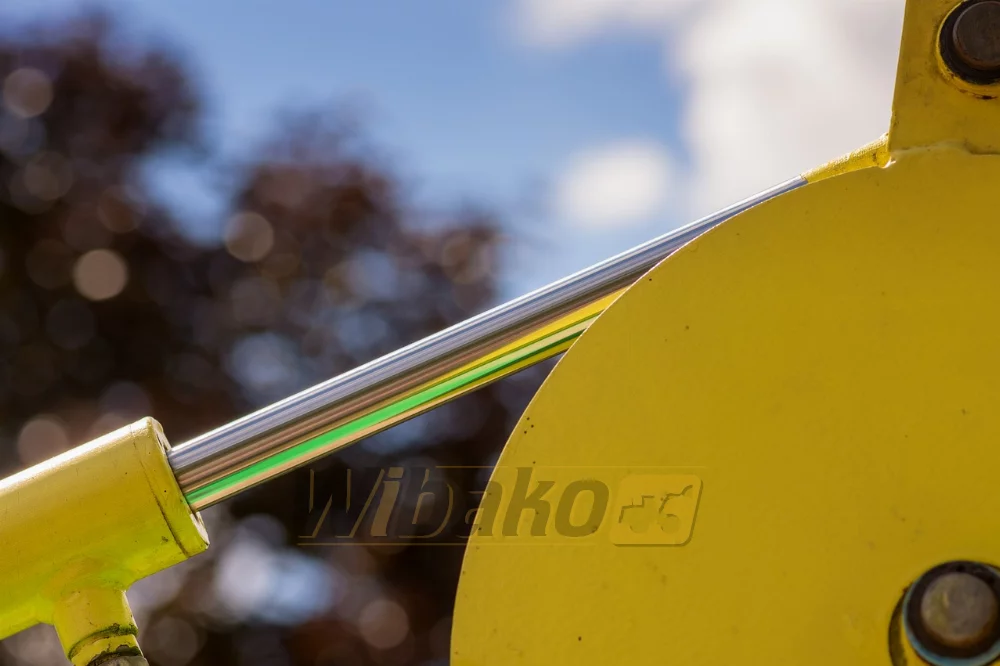
Regular Lubrication and Replacement of Small Parts
Many construction machines are equipped with a central lubrication system, but this is not the norm.
If our machine requires manual lubrication, it should be done often and regularly, here attention, do not forget about any bushing, because damage to these small elements will lead to further failures, including damage to the entire actuator.
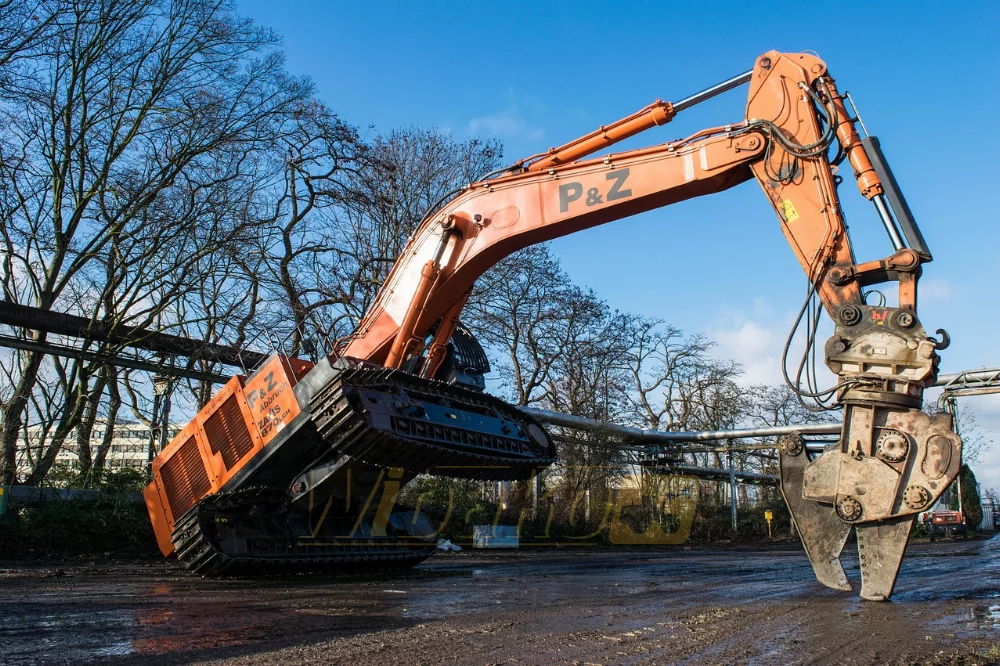
A subassembly that has long been deprived of lubrication is also very difficult to dismantle, which increases the cost of repair. When lubricating bushings, pay attention to their technical condition, if they are damaged in any way, they should be replaced immediately.
The same applies to locks on the actuator, which are responsible for work safety, especially in transshipment machines, so there is no room for any quality compromises here.




